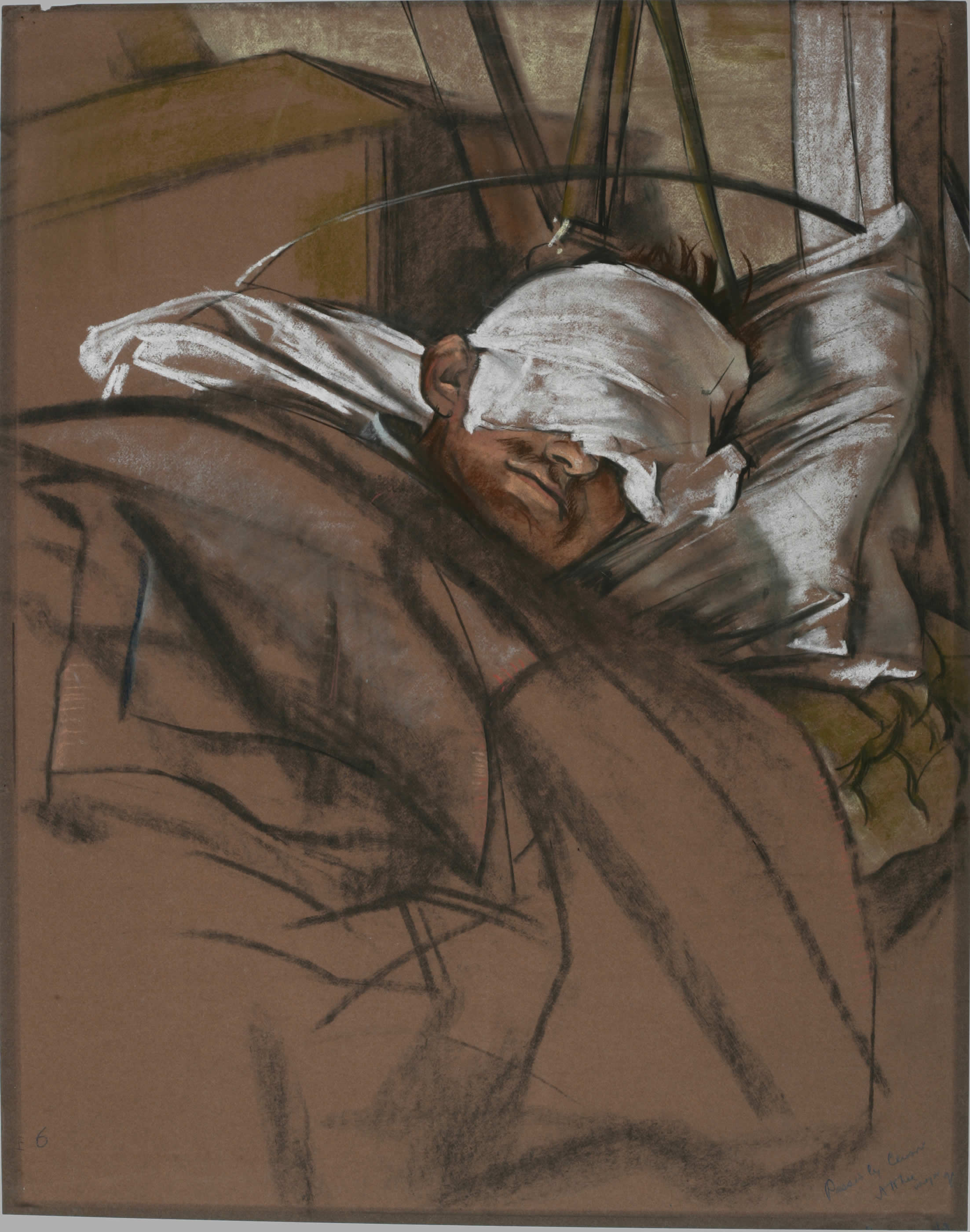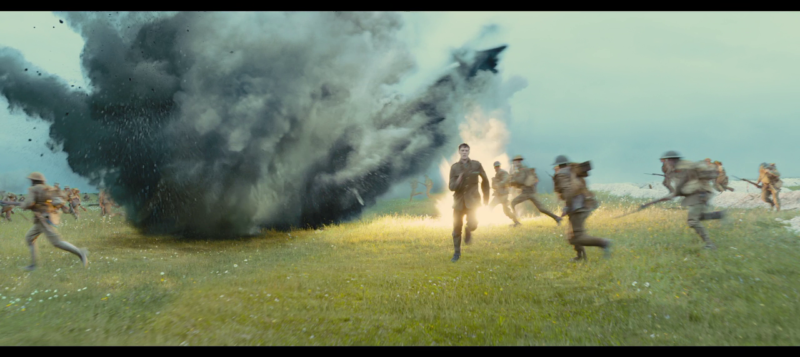
The explosion could be heard in London, 130 miles away. The effects of the shock waves were to be multiplied as they rebounded off each other, and in the event as many as some 10,000 Germans were killed.

Then these supposedly starved troops would be blown sky-high by the simultaneous detonation of massive interlocking mines.

Plumer certainly believed in overkill, with some three million shells being fired during the two-week preliminary bombardment that was designed not only to break the Germans’ wire, but even to starve out their front-line infantry by preventing supplies being moved up to them from the rear. The Australian general John Monash once famously said that trench warfare was ‘simply a problem of engineering’, and the battle of Messines, at which he was present as a division commander, was doubtless the sort of thing that he had in mind. Plumer kept a firm personal grip on every possible aspect of his operation, from the barrage plan to the co-ordination of the mines, and from the water supply to the new backpacks used to take supplies to the front. Messines was meticulously planned by General Herbert Plumer, who had taken to heart the key lesson of the Somme, that careful rehearsal and comprehensive planning were even more important than massive artillery bombardments.

The attack on the Wytschaete-Messines ridge was a limited ‘bite and hold’ operation designed to clear the southern flank of the forthcoming Third Battle of Ypres.


 0 kommentar(er)
0 kommentar(er)
